20+ Years Experience
Specialist Education Providers

Imagine a world where all children, regardless of their abilities, can play, learn, and grow together in a safe and welcoming environment. That’s the power of inclusive play!
Inclusive playgrounds not only help children with disabilities develop physically, emotionally, and socially, but they also foster community engagement and multi-generational interaction.
Throughout this article, we’ll explore the importance of inclusive play, design tips for accessible play spaces, and the various types of inclusive playground equipment available.
If you would like to find out more about the inclusive play equipment we offer at Special Educational Needs and Disabilities, please get in touch with our team!
Inclusive playground equipment is designed with features that consider a wide range of needs. Here are some types of inclusive playground equipment:
Inclusive playgrounds are designed to accommodate children of all abilities, including those with physical, sensory, or cognitive disabilities. The goal is to create a welcoming and accessible environment where children can play together regardless of their abilities.
When designing an inclusive playground, it’s crucial to consider a combination of these elements to create an environment that is truly accessible to all children.
The average cost of inclusive playground equipment is £5,000 – £20,000.
The costs of inclusive play equipment can vary widely based on factors such as the type of equipment, materials used, installation requirements, and the manufacturer or supplier.
Inclusive playgrounds often involve a combination of different elements to cater to various needs, and the overall cost can depend on the size and complexity of the project. Here are some factors that can influence the costs:
Inclusive playground equipment offers a wide range of benefits, fostering an environment where children of all abilities can play together. Here are some key benefits of inclusive playground equipment:
In summary, inclusive playground equipment not only provides physical and cognitive benefits but also promotes social inclusion, emotional well-being, and community building. These benefits extend beyond the playground, positively impacting the lives of children and their families.
Inclusive play areas foster physical, social, and emotional development in children by providing a universally accessible environment filled with sensory stimuli.
This inclusive play area enables children to experience social interaction, physical growth, and emotional well-being among peers of all abilities, while also promoting community engagement and interaction across different generations as children play.
To design truly accessible play spaces, we must focus on three crucial components: layout and accessibility, sensory-rich environments, and age-appropriate engaging activities.
By carefully considering these factors, we can create access play spaces that cater to the diverse needs of all children.
An easy access playground layout is a key factor in providing an enjoyable experience for all users. This includes considering factors such as:
For example, pathways in accessible play spaces should have a minimum width of 60 inches (5 feet) to ensure wheelchair users can pass through easily, and everyone can enjoy the playground with ease.
Accessible parking spaces should be wider than standard ones to accommodate mobility equipment, and there should be an accessible route connecting the parking lot to the playground, with a minimum width of 60 inches.
The design of accessible restrooms in playgrounds should take into account factors like location, size, accessibility features, changing facilities, and privacy.
In terms of equipment placement, it’s vital to strategically place equipment at varying heights to ensure that children of all reach ranges can make the most of the play area.
Additionally, consider the perimeter, space requirements of the equipment, and the placement of wheelchair-accessible picnic tables and park benches for maximum accessibility and fun.
A sensory-rich environment is one that encourages children with different sensory needs, with elements such as textures, sounds, and contrasting colours that can stimulate and engage them.
Sensory-rich playground environments provide a great opportunity for exploration, with features like sandboxes, blocks of varying materials, safe water play, objects with latches, chains, and knobs, tactile pathways with textured surfaces, and visual elements to stimulate the senses.
Sounds that can be incorporated into a sensory-rich playground include wind chimes, musical instruments, and objects that beep and squeak, captivating children’s auditory senses.
Contrasting colours can be used to create an engaging sensory-rich playground by incorporating an assortment of colours to visually organise the play environment, adding contrasting colours to play areas or equipment, and introducing different coloured objects with varying textures.
Inclusive play spaces should offer a range of exciting activities that cater to different age groups and abilities, such as sensory play activities, climbing structures, swings, interactive panels, inclusive sports and games, accessible pathways, quiet spaces, musical instruments, and art and craft stations.
To design engaging activities for children with various developmental levels, we can acknowledge and encourage children, provide specific feedback, model and demonstrate, add challenges, offer open-ended activities, incorporate creativity, encourage active participation, and consider individual differences.
By implementing inclusive play design, play spaces become more accessible and enjoyable for all children.
Age-appropriate activities in inclusive playgrounds provide numerous advantages, stimulating engagement and play for all children, regardless of their age.
Inclusive play encourages cognitive, emotional, physical, and social growth.
It also gives siblings the opportunity to play together and foster stronger relationships. Furthermore, age-appropriate activities in inclusive playgrounds help ensure safety and keep children engaged in the play equipment.
Inclusive playground equipment, such as ramps, platforms, adaptive swings, springers, and interactive play panels, serve children with varying abilities and needs, all thanks to the thoughtful inclusive playground design of these play facilities.
The following subsections will detail each of these equipment options, highlighting their benefits and their role in creating inclusive play spaces for all children.
Ramps and platforms open up multi-play equipment to children with reduced motor skills, giving them the chance to enjoy ground-based play activities too. Some great materials to use when constructing ramps and platforms in inclusive playgrounds include:
To create ramps and platforms for children with reduced motor skills that are designed with simplicity, accessibility, low platforms, balancing opportunities, and ground-based play opportunities in mind, we ensure they have the best experience possible.
Ramps and platforms can also open up a world of exciting ground-based play opportunities, including:
Adaptive swings and springers offer tremendous benefits, such as providing support and stability to children with disabilities, providing sensory stimulation, and encouraging social engagement.
There are various types of adaptive swings and springers available, including ground-level trampolines, wheelchair-accessible swings, and springers, all designed to provide an enjoyable experience.
These adaptive swings ensure that children with disabilities can enjoy the simple pleasure of swinging alongside their peers, promoting social interaction and inclusive play.
Interactive play panels can be incredibly beneficial for the growth of children with motor impairments, as they provide sensory stimulation, promote cognitive and motor skills development, and offer inclusive play opportunities.
These panels are designed to engage and stimulate children of all abilities, allowing them to learn and play in a fun and interactive way.
Additionally, they can be tailored with features that ensure accessibility for children with motor impairments, such as wheelchair-height play panels and features that provide grip and stability.
Some examples of fun interactive play panels found in inclusive playgrounds include activity wall panels, soft foam play sculptures, and play panels with matching games or music interaction features.
These panels not only cater to children with motor impairments but also provide an engaging and stimulating play environment for all children, promoting inclusive play and interaction.
Close collaboration with our design team and local authorities is integral in creating inclusive playgrounds that satisfy the needs of all users, while also adhering to safety standards and regulations.
Collaboration ensures that the playground is inclusive and accessible to all members of the local community.
Local authorities can provide guidance and support to design teams in creating inclusive play spaces that cater to the diverse needs of children.
To ensure your inclusive playground meets safety standards, you should refer to the BS EN 1176 guidelines for playground equipment, surfaces, gates, and fences.
While creating inclusive playgrounds requires a significant investment, numerous organisations and government programs offer funding and grants that can help communities create these play spaces. Some options include:
Schools can also apply for funding to build inclusive playgrounds and receive support from local organisations and PTAs.
With the help of these funding opportunities, communities can create inclusive playgrounds that promote the well-being and development of all children, regardless of their abilities.
Regular maintenance and safety considerations are important for ensuring the durability and usability of inclusive playgrounds.
This includes inspecting and maintaining the ramps, platforms, adaptive swings, springers, and interactive play panels to ensure they are in good condition.
Repair any damage or wear and tear promptly to prevent accidents and keep the equipment in optimal condition.
Complying with national standards and safety guidelines, such as the BS EN 1176 guidelines for playground equipment, surfaces, gates, and fences, is essential for a safe and enjoyable experience.
By adhering to these standards and guidelines, and conducting regular maintenance, you can ensure that your inclusive playground remains a safe and welcoming environment for children and families for years to come.
Throughout this blog post, we’ve explored the importance of inclusive play, offering insights into designing accessible play spaces and the various types of inclusive playground equipment options.
We’ve also discussed the benefits of collaborating with design teams and local authorities, funding opportunities, and maintenance and safety considerations for inclusive playgrounds.
In conclusion, inclusive playgrounds provide an incredible opportunity for children of all abilities to learn, grow, and play together in a safe and welcoming environment.
By creating these inclusive play spaces, we can foster social interaction, physical development, and emotional growth, while also promoting community engagement and multi-generational interaction.
Inclusive playgrounds give all kids the opportunity to play and enjoy themselves, regardless of their physical, mental, or developmental abilities.
They create an environment where everyone can be included, making playtime a more enjoyable experience for everyone involved.
Inclusion equipment is outdoor play sets that enable children of all abilities to play together and enjoy the same activities.
It includes structures such as tube slides, ladders, swings, and more, to ensure that no one gets left out regardless of their limitations.
Designing accessible play spaces should focus on creating layouts that are accessible, sensory-rich environments, and age-appropriate activities to ensure everyone can participate in the fun.




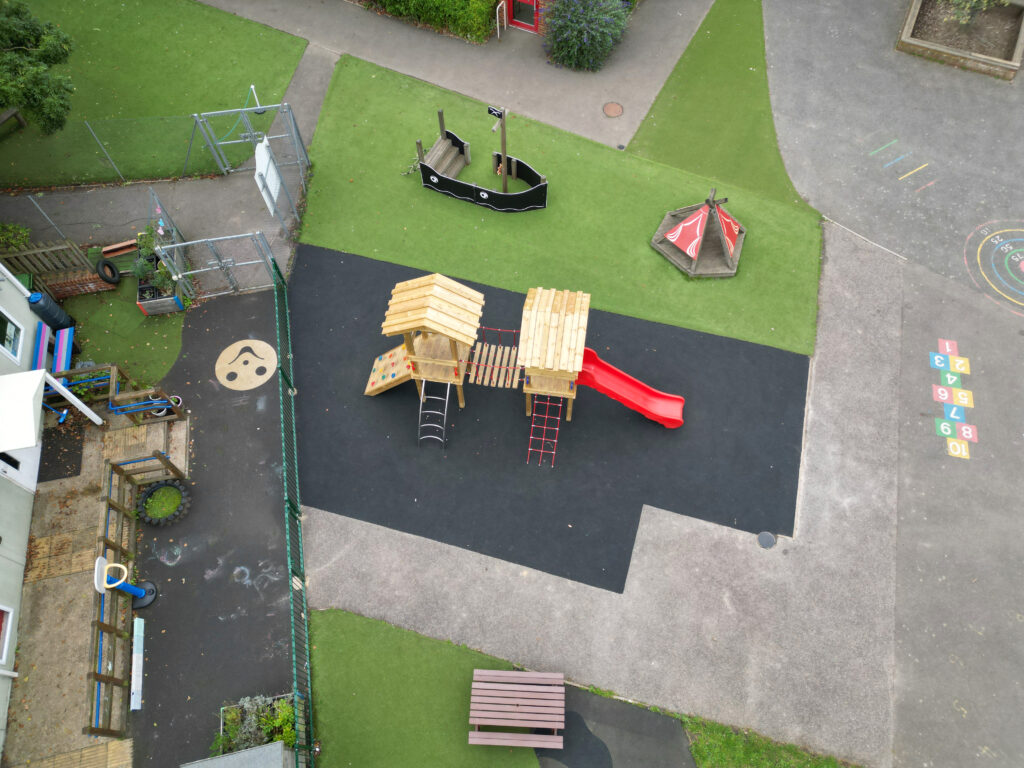

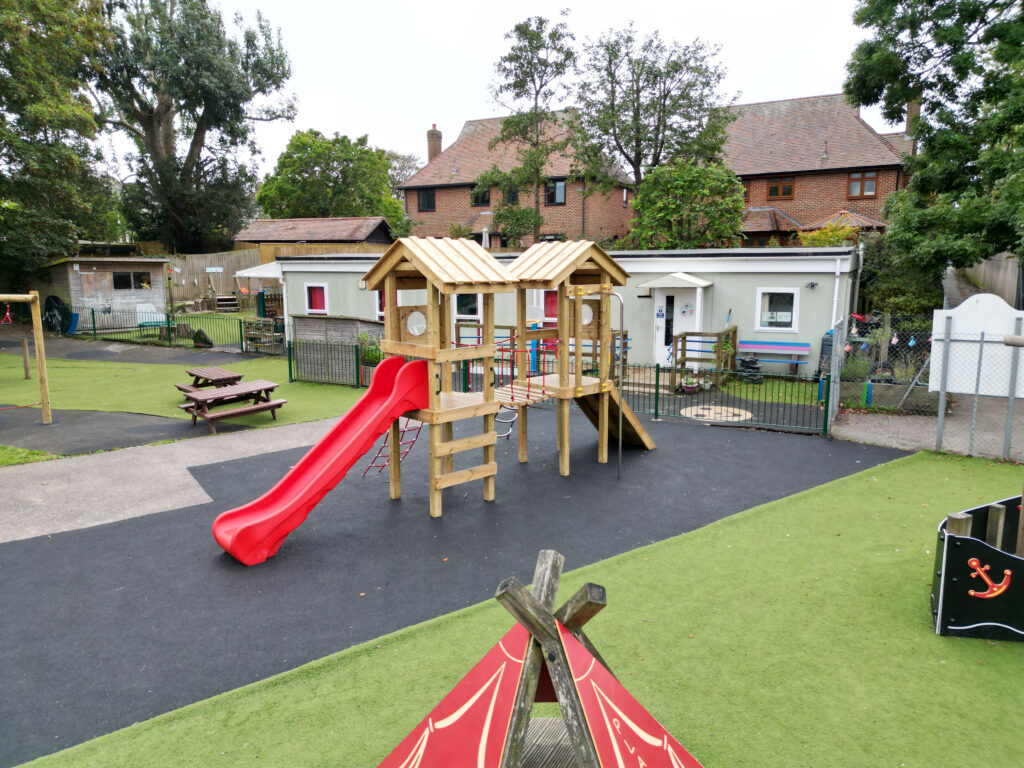
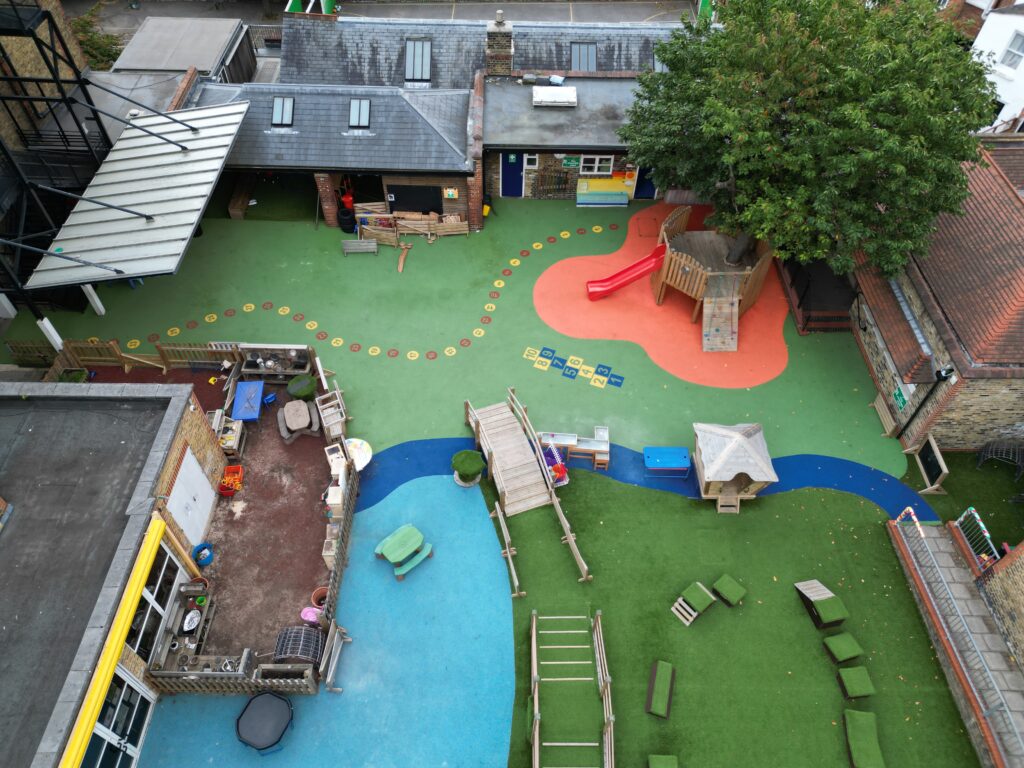






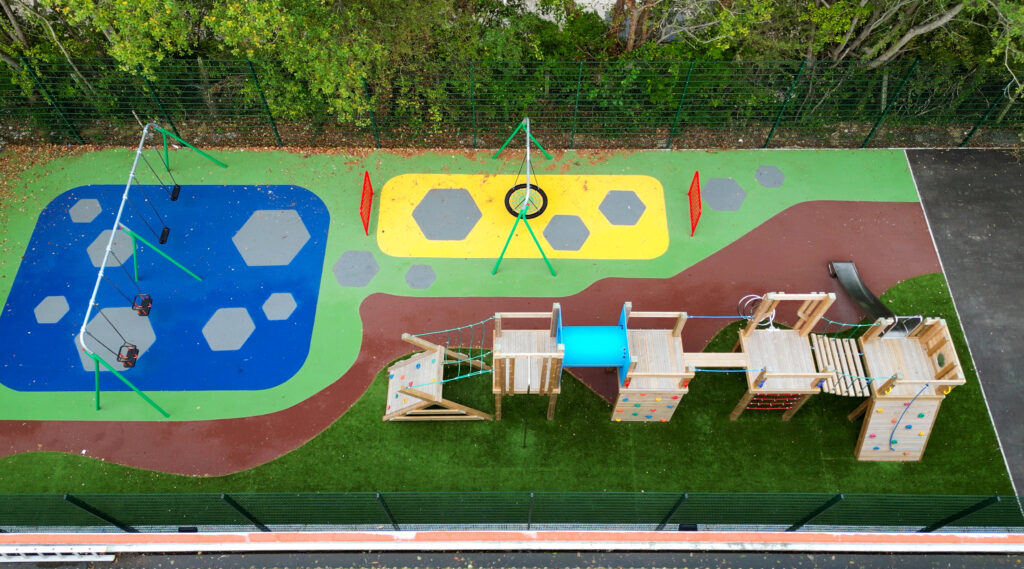










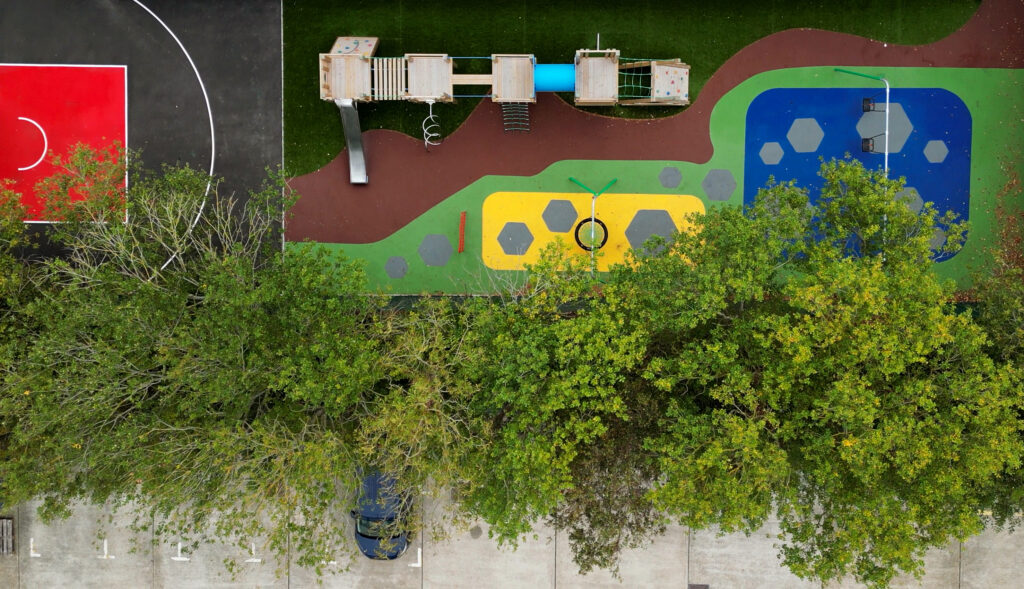









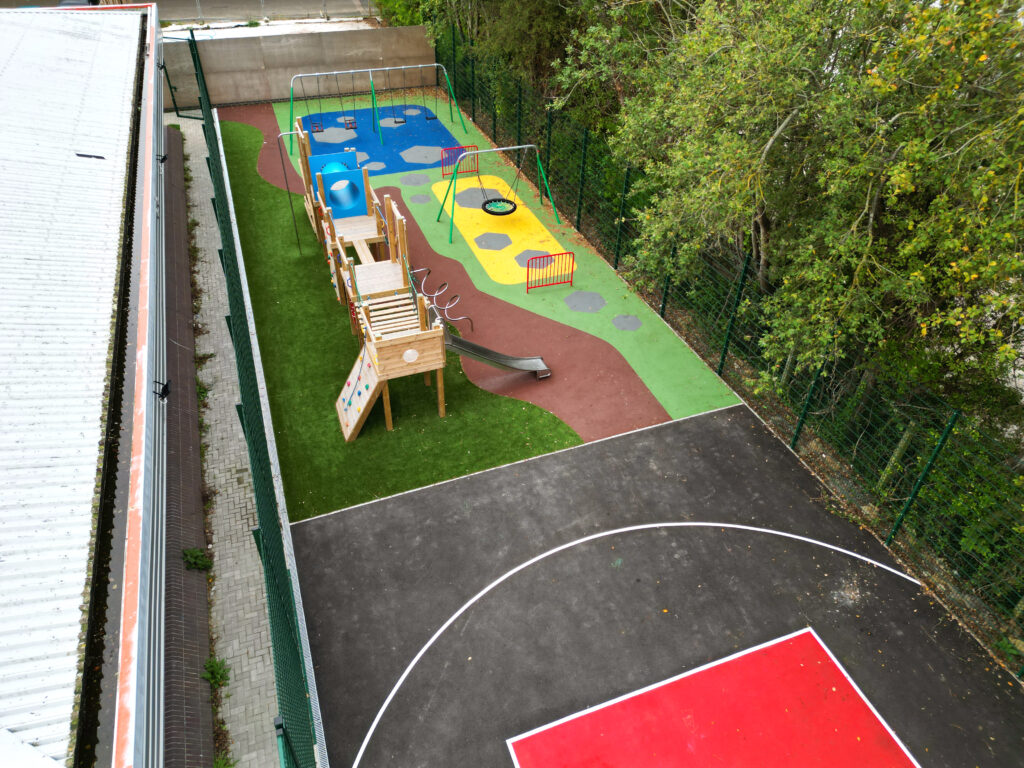



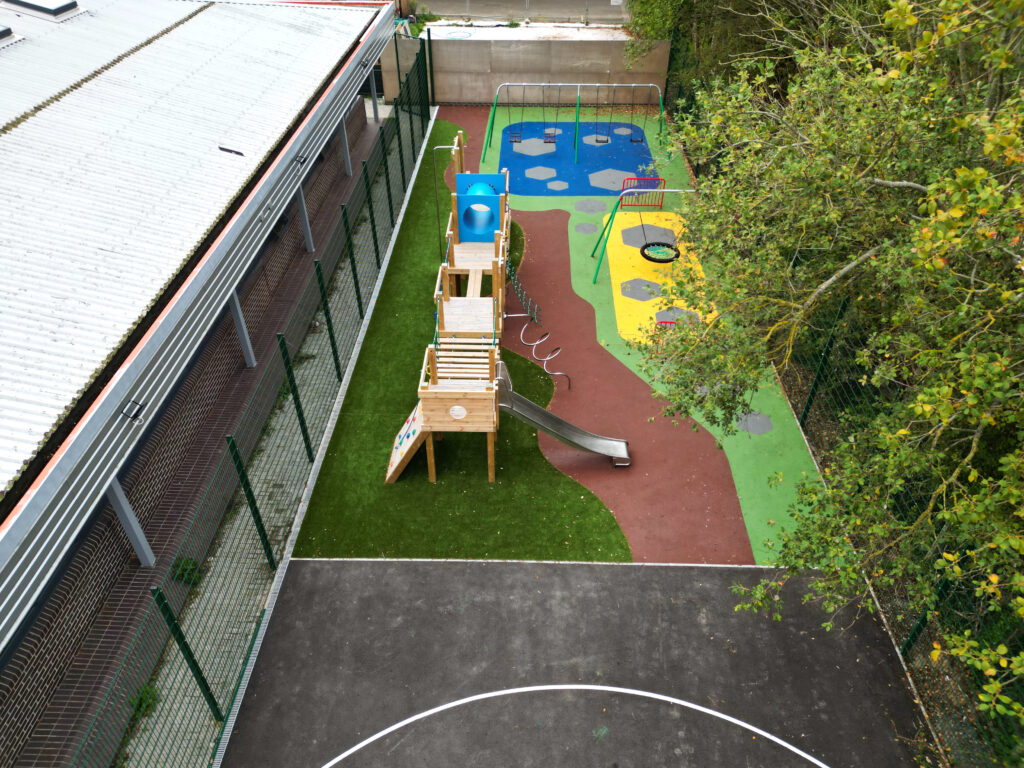







We Aim To Reply To All Enquiries With-in 24-Hours